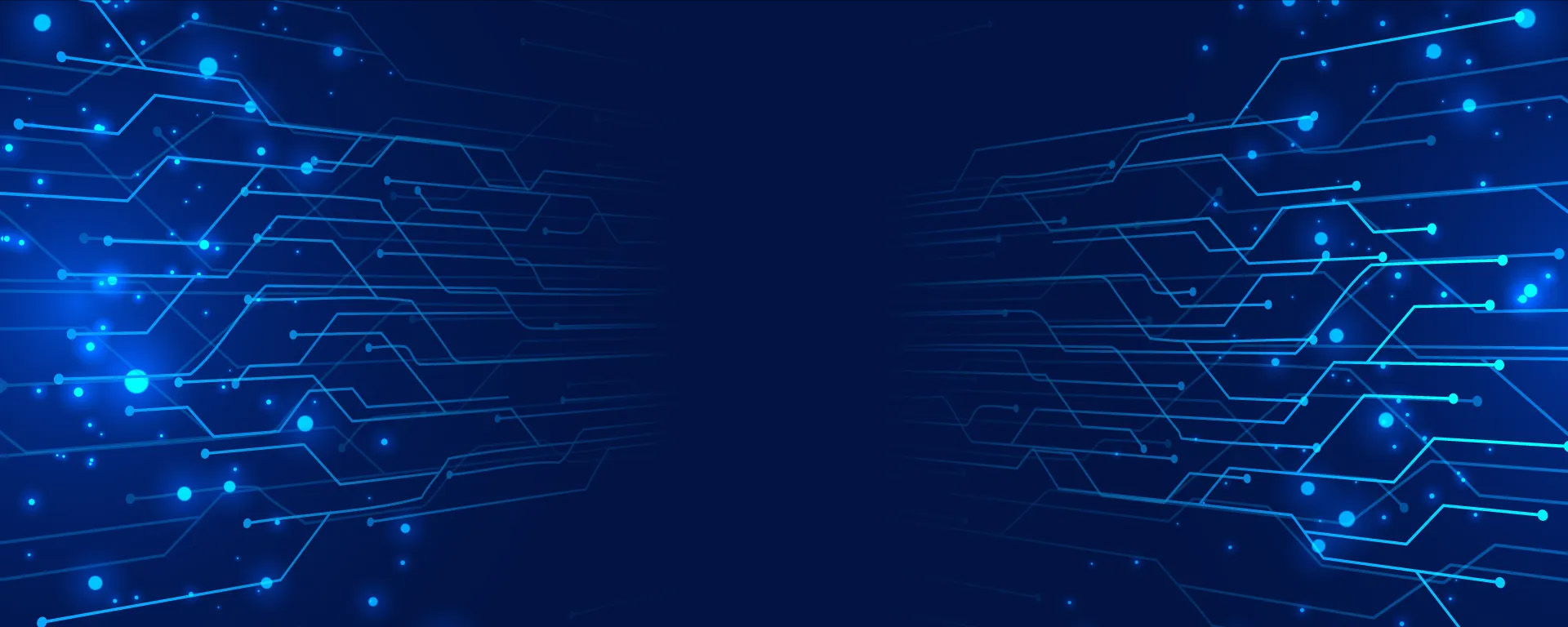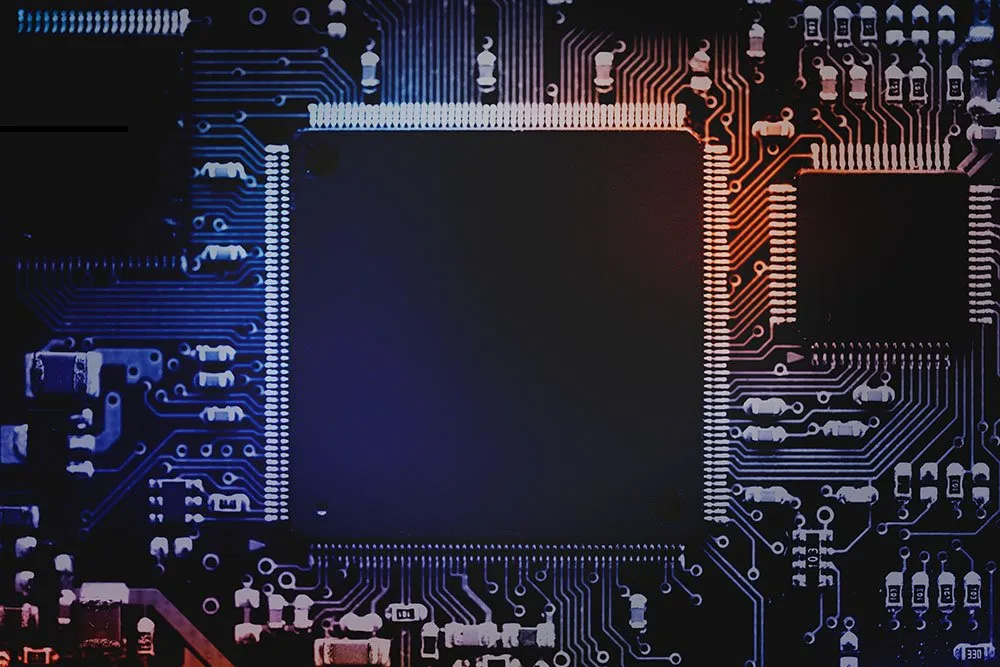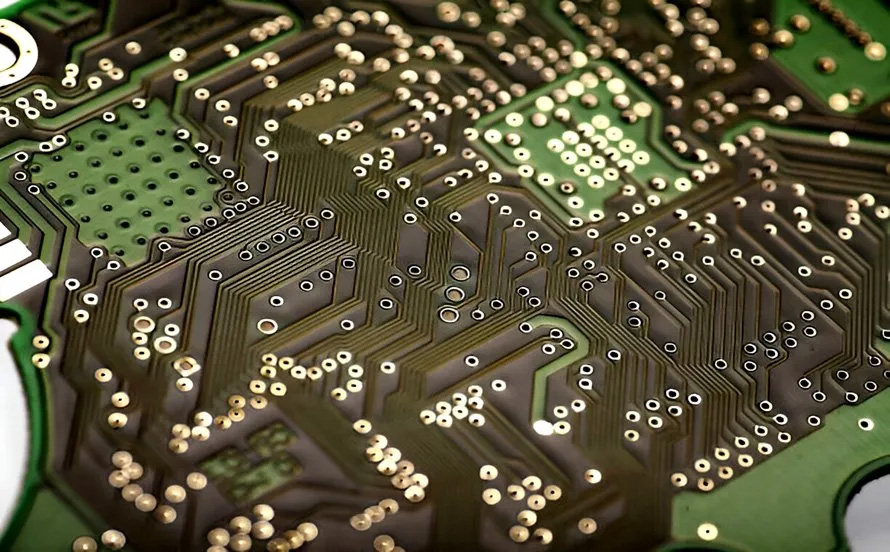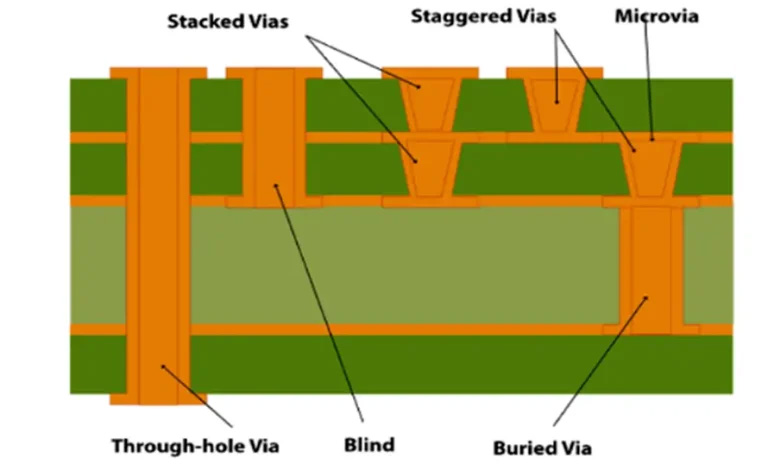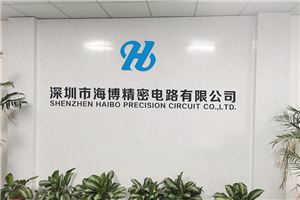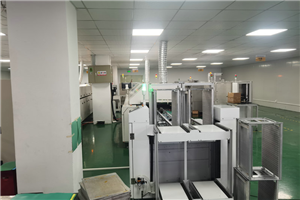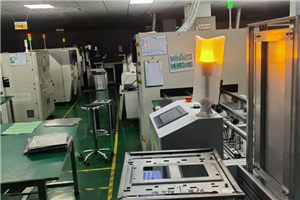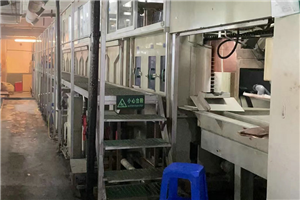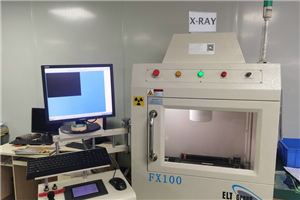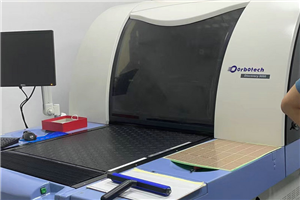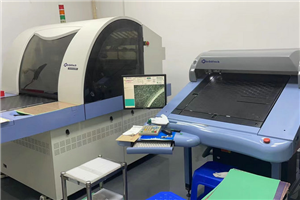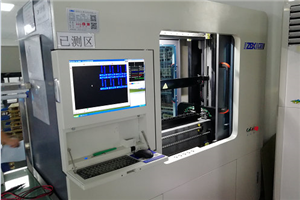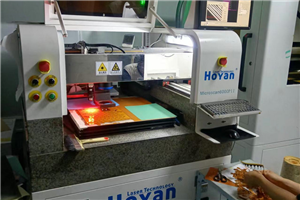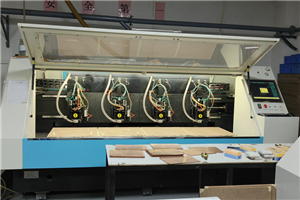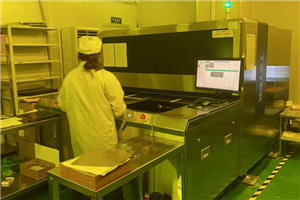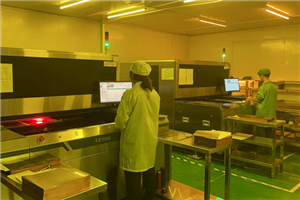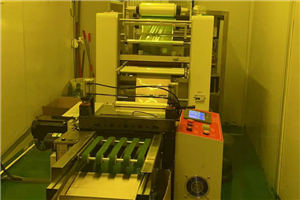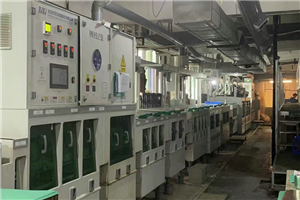According to special requirements, multi-layer PCB production requires many special processes, such as edge plating, hole stacking, hole filling and plugging, blind buried holes, etc. Here we only discuss the typical multi-layer circuit board production process.
DFM check: In this verification check, DFM engineers will verify all layers. He will verify all error types in the PCB. Therefore, the production workshop can easily produce circuit boards without any errors.
Material selection and cutting: There are many materials to choose from in the production inventory. Therefore, select and cut materials according to the order requirements.
Inner layer process: At this stage, UV film and dry film are used to transfer the inner layer image onto the printed circuit board, followed by etching. During the etching process, unwanted copper in the inner layer is removed.
AOI: AOI stands for Automatic Optical Inspection. Therefore, this detection converts the circuit image into a digital image. In addition, AOI will inspect the circuit board to ensure that it has no defects. Then, the manual visual inspector will manually verify the inner layer. This is beneficial for all of us because if any malfunctions enter this stage, they will be controlled and resolved.
Lamination: lamination is the process of combining or bonding inner copper foil, core board, and prepreg to form a solid layer. The laminating machine sets some parameters to heat and pressurize these inner layers to form solid layers.
Drilling: There are various drilling methods for multi-layer printed circuit boards according to requirements, such as blind buried holes. Therefore, the drilling machine drills the circuit board based on the given data input into the drilling machine.
Copper plating: Place the PCB into a copper plating groove and add a copper plating layer on the PCB. This will increase the thickness and make the PCB more robust.
Outer layer process: This process is the same as the inner layer. However, the inner layer is expanded as needed, while the outer layer only has two layers, namely the top layer and the bottom layer. In addition, the top and bottom layers are completed through image transfer and etching. Therefore, other processes are free of charge.
Masking and legend printing: After the copper layer is correctly completed, apply the solder mask layer and screen printing layer to the PCB. Solder mask pads are used to solder parts on PCBs and screen printed layers, as indicated in reference designs, part orientations, part numbers, and company logs.
Surface treatment: Surface treatment of PCB according to customer requirements. PCB surface treatment can improve testing capabilities and provide connections between copper and solderable components.
Electrical testing: At this stage, all connections are verified by an electrical testing machine. Therefore, we know that any short circuit or open circuit can be easily found through this electrical test. Flying needles are the best method for verifying electrical testing.
Routing and rating: PCBs come in various shapes. Therefore, irregular plates mainly need to be milled and retained to separate the plates. And rectangular plates need to be carved to divide them. In most cases, these processes are carried out according to customer requirements and company standards.
Final inspection and packaging: After the entire production process is completed, the circuit board will be sent to the inspection team, which will verify whether the PCB is made correctly. Then, the PCB will be shipped to the corresponding address along with the packing list and bubble wrap.

